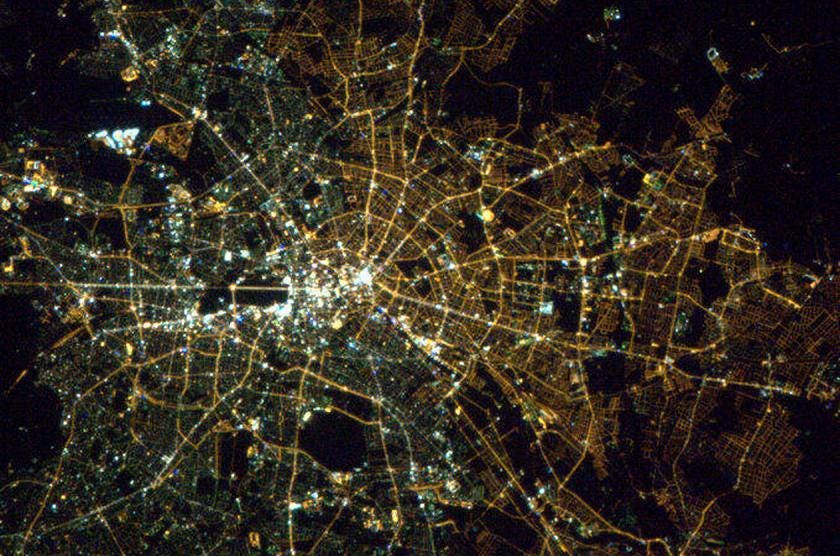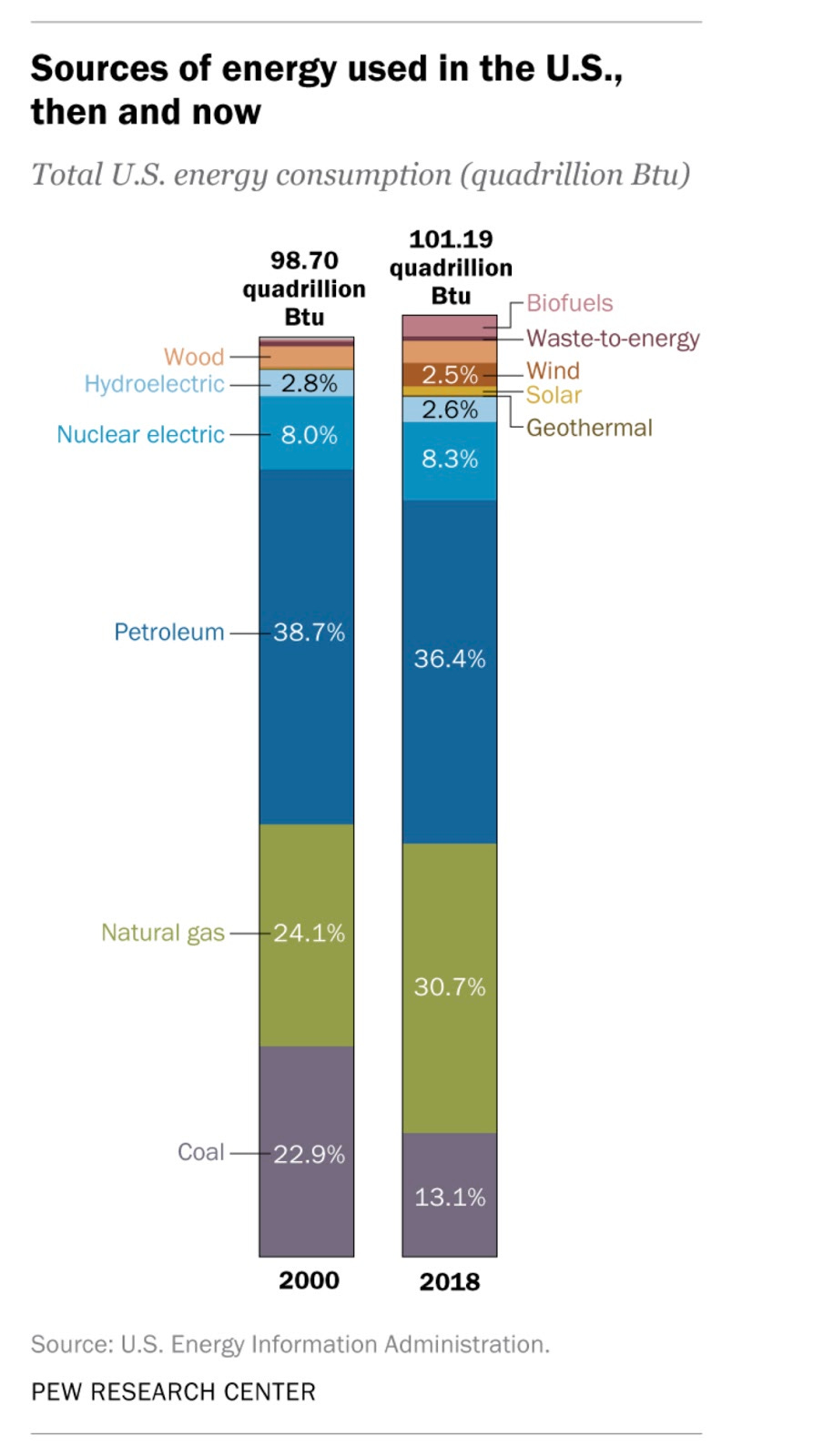Why is this interesting? - The Streetlight Edition
On technology, lighting, and the changing color of cities
Lance Martin (LM) has spent the past decade applying machine learning to microbial genomes, ridesharing, and robots. He’s the computer vision lead at Ike working on self-driving trucks. He writes on Medium and has a zombie Twitter handle.
Lance here. Urban lighting has been evolving for over 100 years. The recent adoption of LEDs has been one of the fastest technology shifts in human history. Though the new lights promise substantial cost savings to cities, not all residents have been happy about this change.
In the late-1800s, cities began experimenting with replacing gas lamps with electrical lighting. Some suspended arc lamps from 150ft towers (below left), which you may recall from the party at the moontower in Dazed and Confused. Others went with incandescent bulbs to light their streets. Though they remain the choice illumination of gentrifiers, incandescent (Edison) bulbs are inefficient and cities began to test fluorescent lights in the 1940s. While this led to beautifully lit cities (right, Market St in SF), fluorescent lamps were fragile and quickly fell out of favor.

In their place, amongst other alternatives, mercury-vapor lamps started emerging in the 1950s. These are brighter than both fluorescent and incandescent lights, but emit a blue-green glow that has been described as metallic and harsh. The cool hue of these lamps can be seen in satellite imagery (below left, Tokyo) in those places that still use the technology. In the early 1970s, cities began to install high-pressure sodium lamps that consumed around half the energy of mercury-vapor and emit a golden hue described as “the lesser evil…better than blue.” Enticed by more light for less energy, Chicago Mayor Richard J Daley initiated a plan to install sodium vapor lamps on all residential streets, which made Chicago one of the most golden cities in the world (below right).

LEDs are the latest iteration in the effort to efficiently provide light for city streets. Goldman Sachs reported that the transition to LEDs was “one of the fastest technology shifts in human history,” with market share in general lighting growing from 45% in 2016 to 70% in 2020. NYC has undergone a major LED retrofit and the migration is still ongoing in cities like Berlin, where the division between East (sodium vapor) and West (LED) can be observed from space (below).

Why is this interesting?
Lighting can be evaluated on three dimensions: efficiency (input electrical energy converted to light), color temperature (as shown below), and color rendering index (CRI, the ability to reveal colors). Incandescent bulbs are one of the most energy-inefficient products in daily use, with an efficiency of ~5%, but they have a desirable “warm” color temperature and high (favorable) CRI.

LEDs are semiconductors that emit light when subjected to an electric current. It took decades to develop LEDs that emit useful light, a groundbreaking achievement that earned the 2014 Nobel Prize in Physics. In contrast to incandescent bulbs, LEDs have high (~50%) efficiency, leading to an urgent call from the United Nations to adopt LEDs, a transition that could reduce global electricity demand for lighting by 30-40% by 2030. Recognizing the potential for cost and energy savings, many cities quickly migrated. By 2015, ~10% of the outdoor lighting in the US had been switched to LEDs. The problem was that many of these early LED designs had a far cooler color temperature (4500-6500K) and lower CRI than incandescent bulbs.
The cooler, blue-rich LED “prison lights” faced heavy resistance from residents. Davis, California was forced to replace 650 4000K LED streetlights with a warmer but lower efficiency 2700K version. Because blue light affects circadian sleep rhythms, the American Medical Association has even gone so far as to create guidelines for setting warmer LED temperatures in urban lighting.
The “holy grail” of lighting is achieving the high efficiency of LEDs with the CRI and warmth of incandescent bulbs. There is now considerable technical effort focused on compounds that coat the surface of blue-rich LEDs, improving the hue and CRI without compromising their efficiency.
And yet, a discussion about streetlights on the r/chicago subreddit reminds us that satisfying people on the internet may still be harder than winning a Nobel prize. Some lament the days of sodium vapor when “Butterscotch streetlights mark(ed their) path,” while others said the lights made the city look “like a giant prison camp.” And still, others wonder: “What was the street light technology in Chicago before that? Mercury vapor? I'd honestly prefer that to the blue LEDs.” (LM)
Chart of the Day:
Sources of energy used in the US, 2000 vs. 2018. (NRB)

Quick Links:
Thanks for reading,
Noah (NRB) & Colin (CJN) & Lance (LM)
Why is this interesting? is a daily email from Noah Brier & Colin Nagy (and friends!) about interesting things. If you’ve enjoyed this edition, please consider forwarding it to a friend. If you’re reading it for the first time, consider subscribing (it’s free!).


